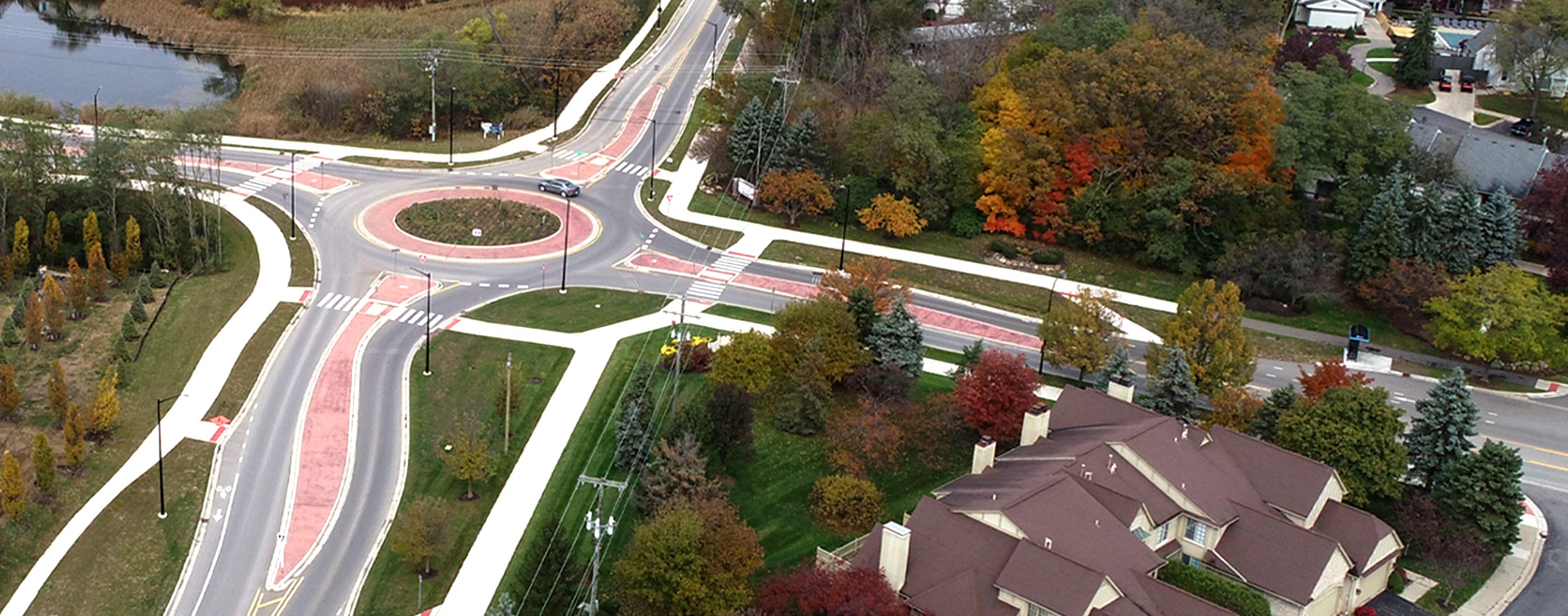I'm waiting for these roundabout innovations to make their way to Massachusetts highway building.
"Rotor" turbo roundabouts - with signalization, of course
I don't know if you all have experienced the types of multi-lane modern roundabouts that are partially "spiral" or "turbo" styled. This is where you have to select your lane before entering the circular roadway. MassDOT and DCR seem to be restriping a lot of the rotaries inside 128 with these principles, without rebuilding them. I think the most effective implementation that I've seen has been the "turbo" striping on the rotary at Exit 40 on Route 128. DCR has done some striping at the BU Bridge Rotary on Mem. Drive, kinda. And at the rotary on Alewife Brook Parkway at Concord Ave.
The next level of (no longer) circular intersections would be to go full-in on "rotor"-style turbo roundabouts with signalization like the example below.
Example from Westerlee, NL
View attachment 11762
This example is located at the end of the A20 freeway and is clearly meant to handle a lot of truck traffic given adjoining landuses.

